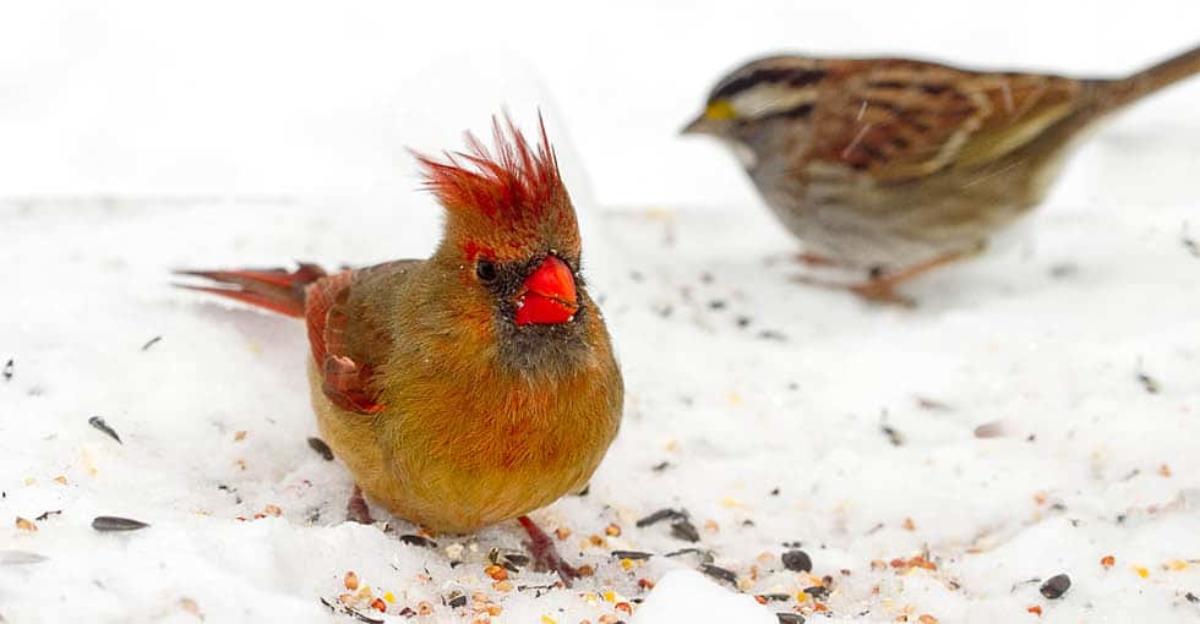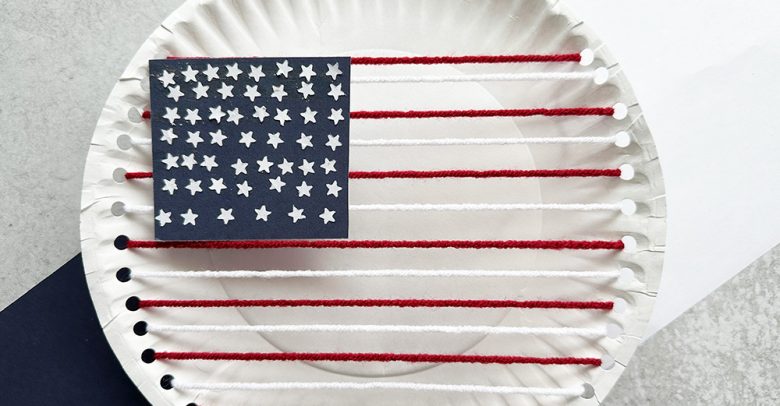February was chosen as National Bird Feeding Month because it’s one of the most difficult times of the year for wild birds to find food. It’s also one of the coldest months in North America. That means supplemental winter bird feeding may save the lives of birds. It also provides children an opportunity to observe bird behavior up close.
Introduce children to birds and bird feeding by reading age-appropriate books, such as National Geographic Little Kids First Big Book of Birds by Catherine D. Hughes, National Geographic Kids Bird Guide to North America by Jonathan Alderfer, or other regional birding books written for children. These books provide children with the background information they need and serve as a resource for identifying birds that come to the feeders.
Making Bark Butter
Little ones will love making this delicious treat for birds. Here’s how to make and use it.
- Begin with 2 cups of fat in a large bowl. You can use lard, bacon, or other meat drippings fat. This recipe makes 8 cups, so ensure the bowl is large enough to hold it all.
- Add 2 cups of peanut butter and mix the two together to form a smooth paste.
- Stir in 4 cups of cornmeal.
- Add 2 cups of rolled oats and mix thoroughly.
- Stir in 2 cups of sunflower seeds, sunflower meat, raisins, or other dried fruit cut into small pieces. You can use a combination of these ingredients to measure 2 cups.
- Blend in 2 teaspoons of honey for added flavor.
- Spread the bark butter onto trees, gently pushing it into the crevices of the bark, or use it to cover pinecones. You can also use it to fill the cavities in suet logs.
Making a Peanut Feeder from a Slinky
This feeder is ideal for large birds, like bluejays, and is quick and easy to make. Start with a metal helical spring, aka Slinky (squirrels will chew the plastic ones). Untwist the hook end of a wire coat hanger and thread the Slinky over the wire. Re-twist the hook of the coat hanger. Use twist ties or fishing lines to secure the Slinky to the wire ring at about every 4th or 5th section of the Slinky. This holds the Slinky in place and prevents it from slipping. Fill the Slinky with peanuts in the shell and hang it from the hook in a location where children can observe it.
Winter Bird Feeding Observation
Provide plenty of opportunities for children to observe birds at their feeders, either from a window view or with regular ventures outside to watch the birds. Assist young children in locating the birds in bird books and encourage children to record their observations in a birding journal. Young children can sketch the birds. Older children can note the date, the type of bird, and the weather conditions, then write a brief description of the bird.






Leave a Reply